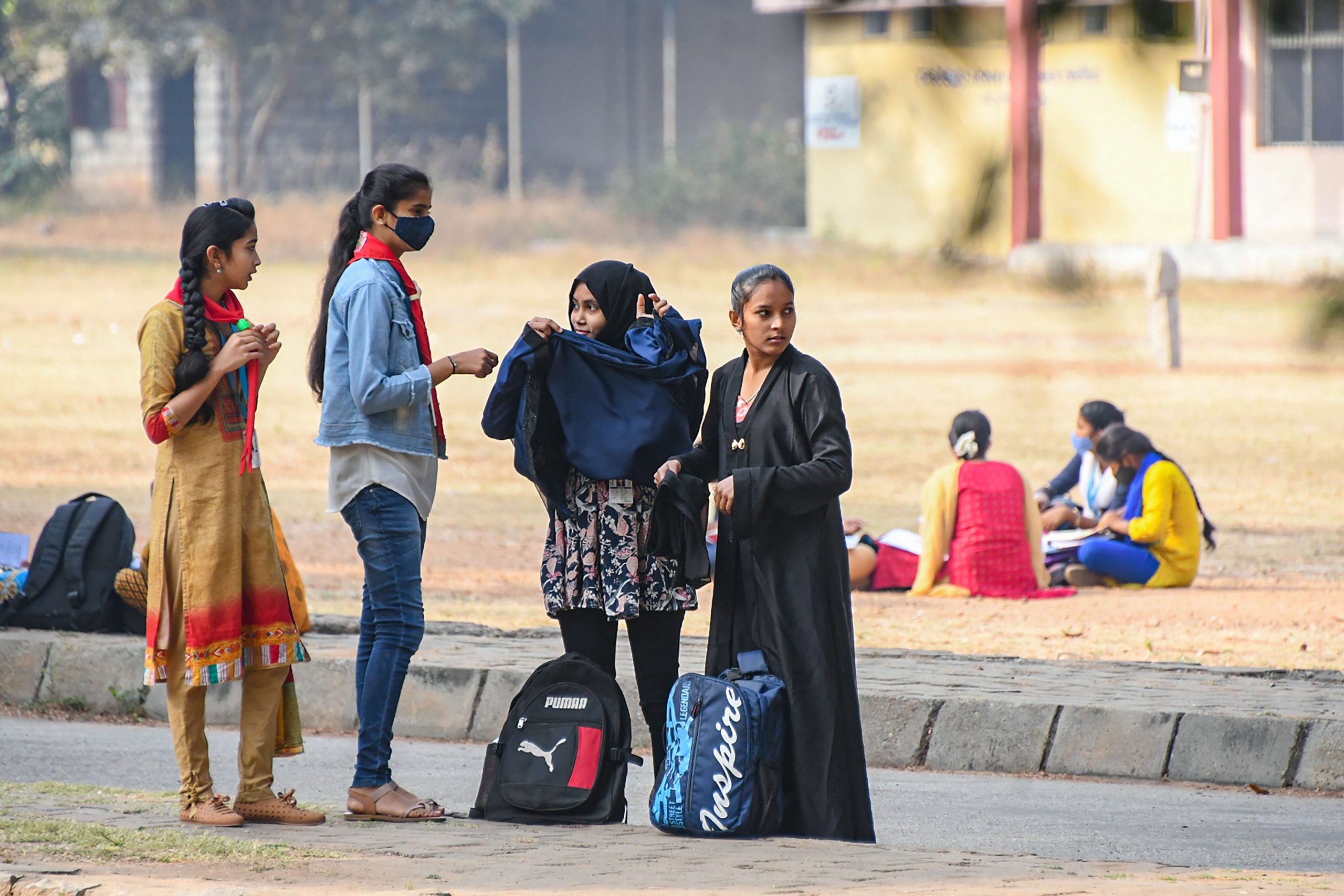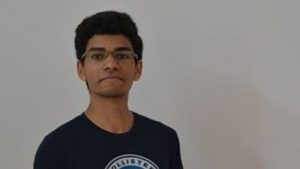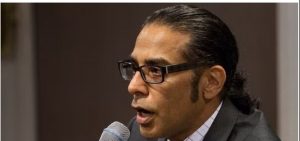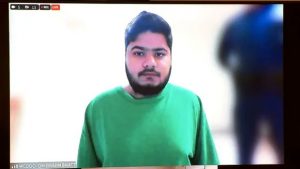Protests in some parts of Karnataka, refusing entry to Muslim girl students wearing hijabs, or head-scarves into the schools and colleges, has now become a national controversy.
The girls have been protesting against being denied access to education, the counter-protests by a section of Hindu students wearing saffron shawls and turbans have led to a tense situation outside some campuses.
The action of the college where the row broke out in Udupi was questioned in the Karnataka High Court.
Also read: Beyond India’s borders, a brief history of the Hijab ban
On Tuesday, the Karnataka high court upheld its ban on Hijab, saying that “wearing of Hijab by Muslim women does not form a part of essential religious practice in Islamic faith.”
The court in its ruling said the state government had the power to prescribe uniform guidelines for students as a “reasonable restriction on fundamental rights.”
Also read: Karnataka hijab row: What Indian courts have said on the headscarf
What is essential religious practice?
The ‘essential practice’ doctrine can be traced to a 1954 decision of the Supreme Court in Commissioner, Hindu Religious and Charitable Endowments, Madras vs. Sri Lakshmindra Thirtha Swamiar of Sri Shirur Mutt, commonly known as the ‘Shirur Mutt’ case.
Also read: Karnataka High Court on Hijab ban: 4 questions, asked and answered
This litigation involved action sought to be taken by the Madras government against a mutt over some disputes over the handling of financial affairs. The madathipathi’s contention was that the Government could not interfere in the mutt’s right to manage its own affairs under Article 26.
Under Article 26, the right “to manage its own affairs in matters of religion” was protected. This led to the Bench noting that the presence of this clause indicates that there could be affairs that were not matters of religion.
Also read: Hijab case: CM Bommai appeals for peace, says all have to abide by the court orders
However, this attempt to differentiate what distinguishes a religious matter from other matters was taken up in subsequent judgments to mean that courts are required to distil the essence of a religion to see whether a particular practice or act fell under the category of religion or not.
In 1983, the Supreme Court upheld the police decision to disallow ‘Tandava’, a ritual dance performed with a skull and a knife, in public places as part of a procession by Ananda Margis, holding that the ‘Tandava’ was not an essential religious practice among those in the sect.
Also read: Wearing Hijab not essential religious practice: Karnataka High Court
In the Sabarimala case (2018), the majority ruled that the bar on entry of women in the age-group of 10 to 50 was not an essential or integral part of the religion, and denied the status of a separate religious denomination of devotees of Lord Ayyappa. However, in a dissenting judgement, Justice Indu Malhotra, said they constituted a distinct denomination and that the restriction on women of a particular age group is an essential part of their faith and is constitutionally protected.







